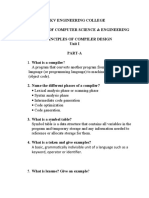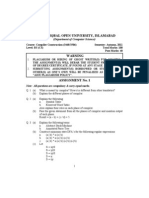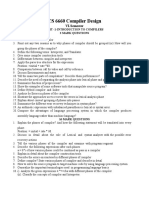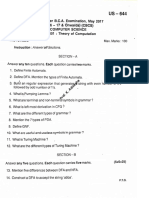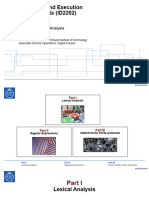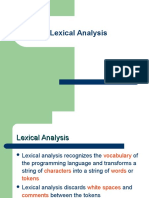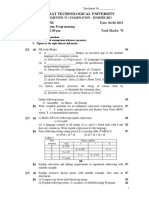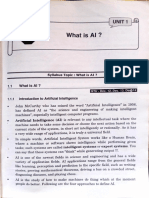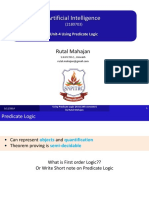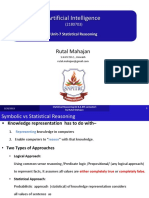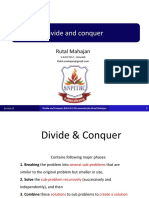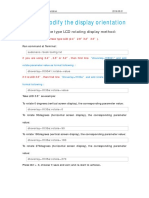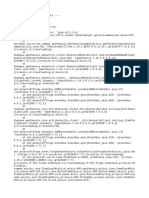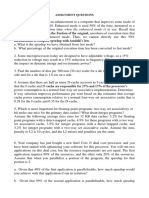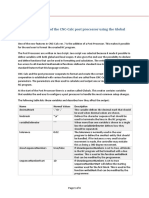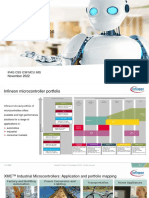0% found this document useful (0 votes)
60 views4 pagesCompiler Design Study Guide
This document contains 15 questions related to lexical analysis in compiler design. The questions cover topics like the role of lexical analysis, tokens, lexemes, regular expressions, finite automata models like NFA and DFA, conversion between NFA to DFA, subset construction method, context free grammars and more. The document provides solved and unsolved questions for students to practice and learn about lexical analysis which is the first phase of compilation that breaks down source code into lexical tokens.
Uploaded by
REENIECopyright
© © All Rights Reserved
We take content rights seriously. If you suspect this is your content, claim it here.
Available Formats
Download as DOCX, PDF, TXT or read online on Scribd
0% found this document useful (0 votes)
60 views4 pagesCompiler Design Study Guide
This document contains 15 questions related to lexical analysis in compiler design. The questions cover topics like the role of lexical analysis, tokens, lexemes, regular expressions, finite automata models like NFA and DFA, conversion between NFA to DFA, subset construction method, context free grammars and more. The document provides solved and unsolved questions for students to practice and learn about lexical analysis which is the first phase of compilation that breaks down source code into lexical tokens.
Uploaded by
REENIECopyright
© © All Rights Reserved
We take content rights seriously. If you suspect this is your content, claim it here.
Available Formats
Download as DOCX, PDF, TXT or read online on Scribd
/ 4













